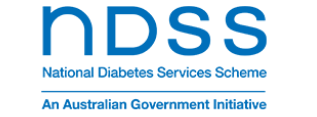A range of legal issues arise when considering how best to support students with diabetes in the school environment. They include, for example, issues surrounding the lawful possession and administration of prescription medication, the need to obtain consent from parents/guardians so that support may be lawfully provided by school staff, the need to protect the confidentiality and privacy of students and their health information, and the potential risk and liability of those who assist students in the school environment. Some of the below references relate to these different legal issues.
The legal landscape relevant to the management of students’ health conditions in the school environment is complex, particularly due to the mix of federal and state/territory laws. The exact legal position that applies to you will always depend on your individual and surrounding circumstances. The sources provided on this page are for information only and are intended to provide references to relevant laws, policies, and procedures that may apply. The information on this page does not constitute formal legal advice and should not be relied upon as such.
State and Commonwealth legislation
Disability Discrimination Act 1992 (Cth)
Poisons legislation and administration of medication policies
Under the federal Poisons Standard, insulin and glucagon are ‘Schedule 4’ medicines (that is, prescription only medicines and likely to always be ‘Schedule 4’ medicines).
Medicines and Poisons Act 2014 (WA)
- See section 14 which relates to the possession of prescribed but allows this for the purpose of administering the medication to a person for whom the medication was lawfully prescribed.
Western Australia Education Department policies specific to diabetes/health care and reasonable adjustments
Student Health Care in Public Schools Policy and Procedures WA (February 2021)
Department of Education WA Student Health and Well-Being
Department of Education (WA), Duty of Care for Public School Students Policy (February 2021)
Confidentiality and Privacy – Records Management Policy and Procedures (May 2021)
Disclaimer
References in this document do not indicate an exclusive course of treatment or procedure to be followed. Variations, considering individual circumstances, may be appropriate. Internet addresses are current at time of publication.
Last updated: April 2025


